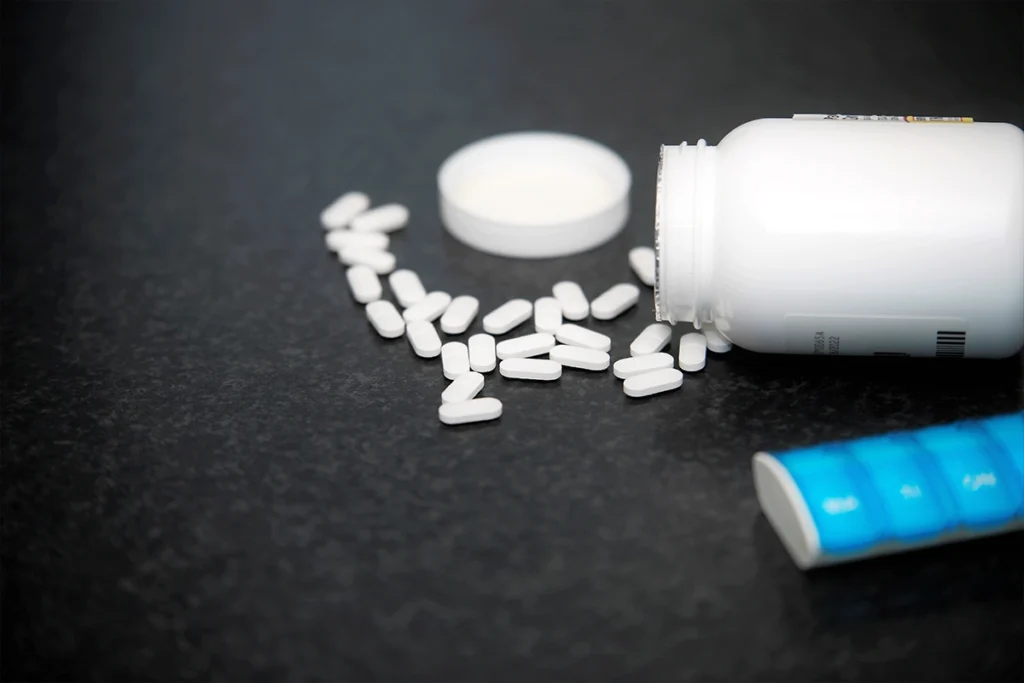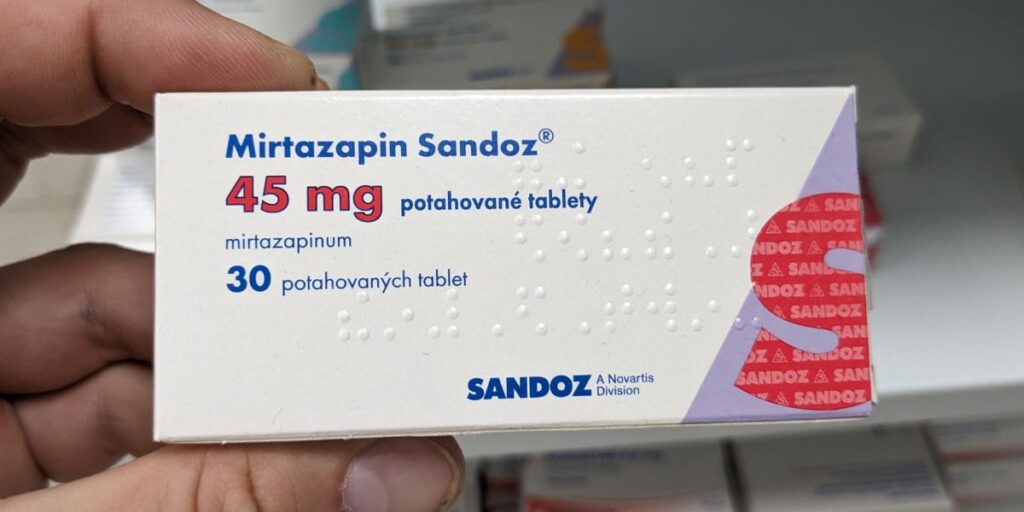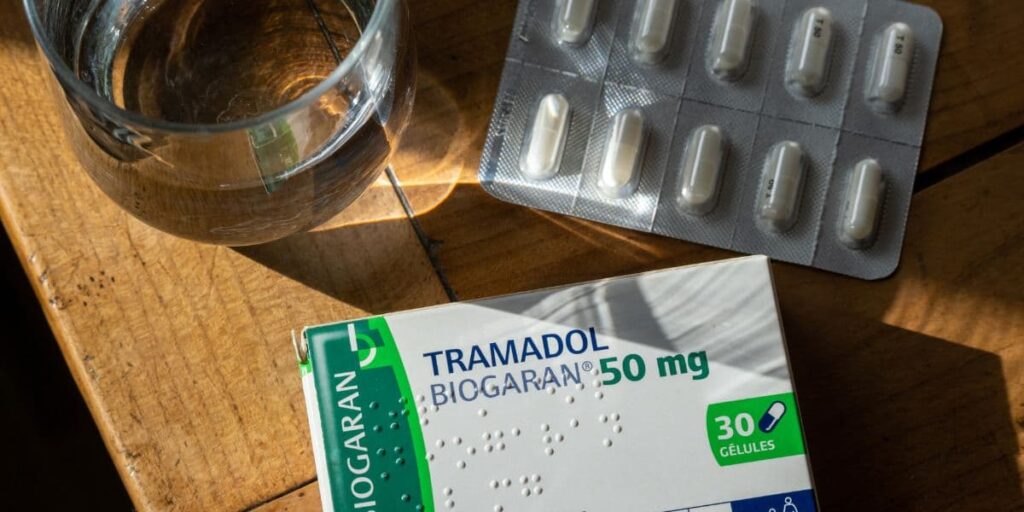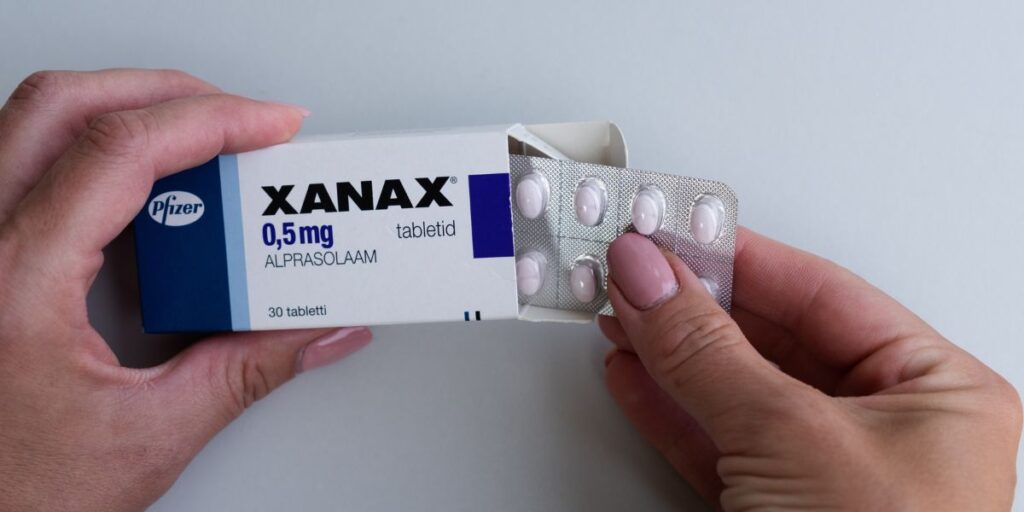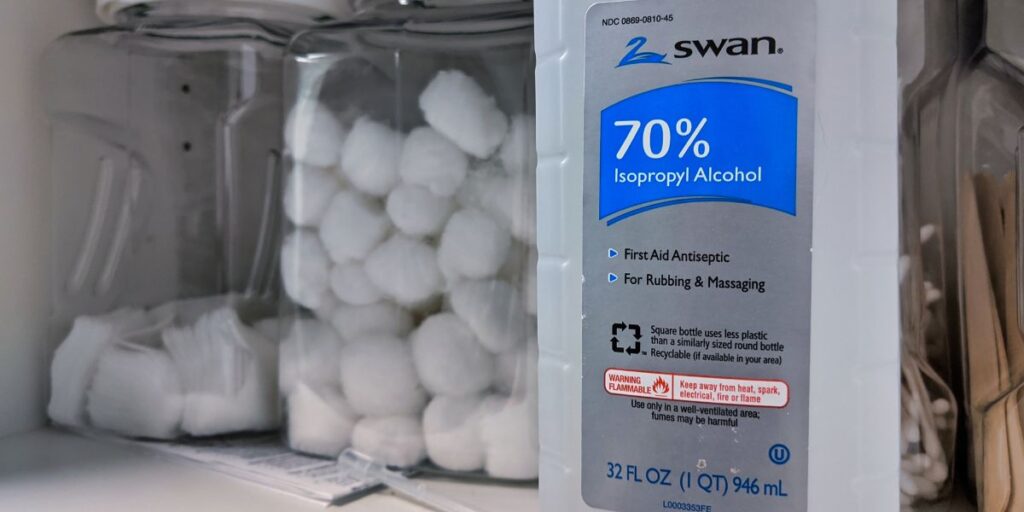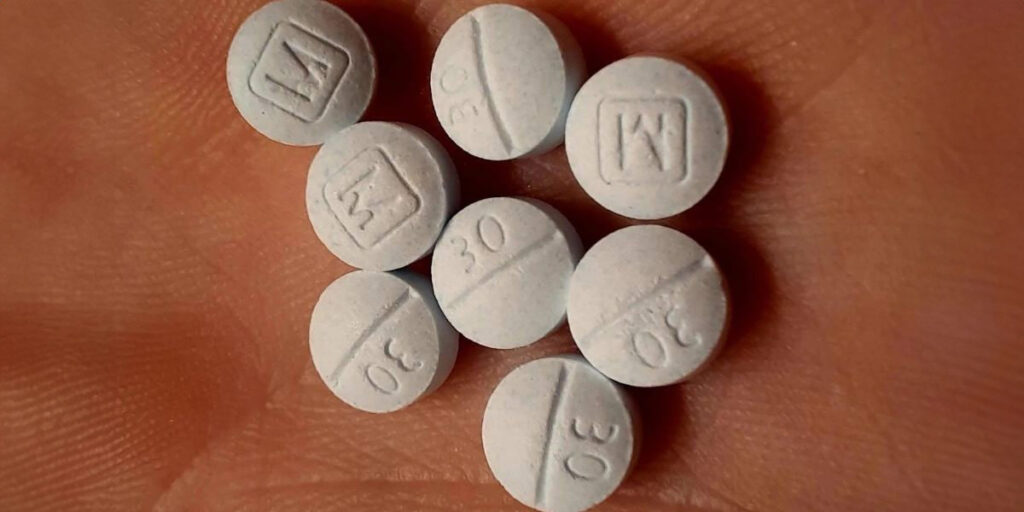Summary
- Xanax® bars are rectangular 2 mg tablets of alprazolam, often misused for their potency and ease of splitting into smaller doses.
- Official Xanax® tablets are color- and shape-coded by dose: 0.25 mg white ovals, 0.5 mg peach ovals, 1 mg blue ovals, and 2 mg white rectangles; extended-release (XR) forms come in different shapes and colors.
- Generic alprazolam pills may look different from brand-name Xanax®, so users should always verify pill imprints with a pharmacist.
- Fake Xanax® bars may contain dangerous substances like etizolam or fentanyl, increasing the risk of overdose, sedation, and death.
- Northridge offers medically supervised detox and long-term recovery support for those struggling with Xanax® misuse or addiction.
Xanax® (a branded form of the medication alprazolam) is one of the most commonly prescribed medications for anxiety and panic disorders. But although it can be helpful when used under medical supervision, it also has a high potential for misuse—especially in its most recognizable form: the Xanax® bar.
These small rectangular tablets come in different colors like white, blue, and peach. Each color usually corresponds to a specific dose and manufacturer, but color alone doesn’t always tell the full story.
Some variations of Xanax are more potent than others. Concerningly, fake Xanax pills are also common—especially among the bars most associated with recreational use.
In this guide, we’ll walk you through what each Xanax bar color means, what to watch out for, and where to find recovery support if you or someone you love is struggling with misuse or addiction.
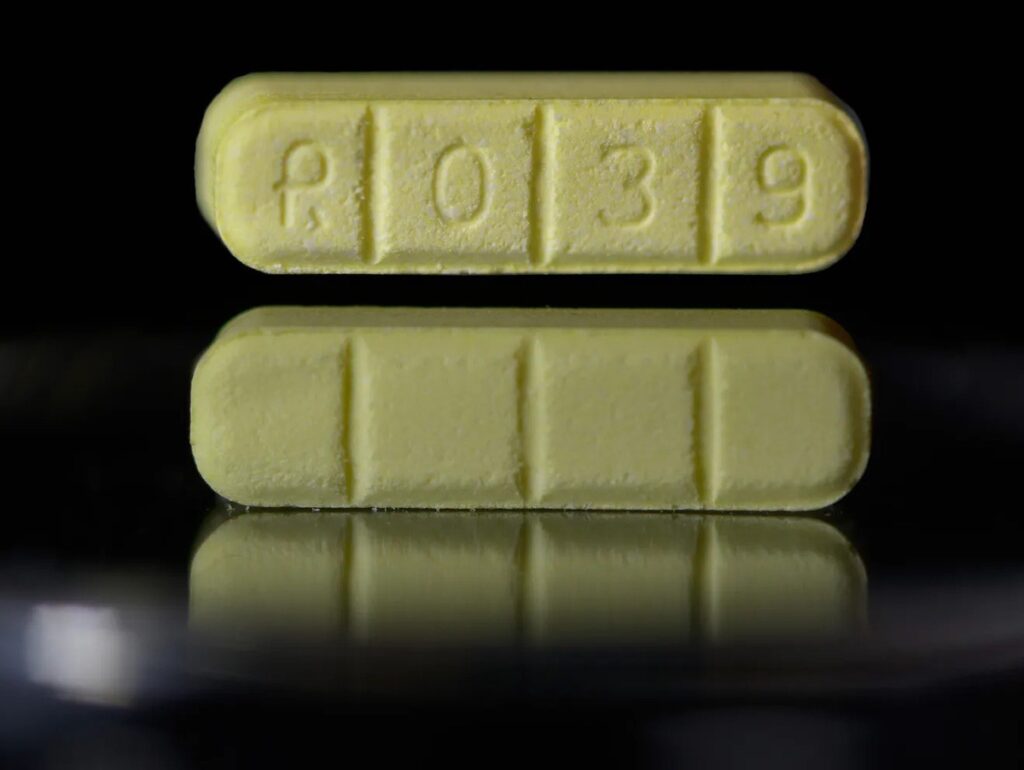
Via Detroit Free Press.
What Are Xanax® Bars?
“Xanax® bars” is one common way to refer to rectangular tablets of alprazolam, a fast-acting benzodiazepine. Most bars are scored into four segments so they can be split into smaller doses. That flexibility makes them convenient for people who need to adjust their dosage—but it also makes them potentially easier to misuse.
Full Xanax® bars typically come in 2 mg doses, which is considered a high dose of alprazolam. Taking them in large quantities or combining them with other substances can increase the risk of dangerous health complications occurring.
Why Xanax® Bars Sometimes Come in Different Colors
The color of a Xanax® bar usually indicates its manufacturer or strength, but the FDA doesn’t regulate color-coding for generic medications. That means a white bar and a bar of a different color could both contain 2 mg of alprazolam—just from different companies.
Common Xanax Bar Colors & What They Mean
Xanax® is color-coded by strength and shape—but only for brand-name tablets. Generic versions of alprazolam may look different even when they contain the same dose.
Here’s how official Xanax tablets are categorized:
| Strength | Color | Shape | Notes |
| 0.25 mg | White | Oval | Low-dose; used for mild anxiety |
| 0.5 mg | Peach | Oval | Moderate dose; often a starting prescription |
| 1 mg | Blue | Oval | Prescribed for moderate to severe symptoms |
| 2 mg | White | Rectangle (scored) | Most common color of “Xanax bars”; can be split into 4 doses |
Xanax also comes in extended-release form (Xanax XR), which has its own unique colors and shapes:
| XR Strength | Color | Shape |
| 0.5 mg | White | Pentagon |
| 1 mg | Yellow | Square |
| 2 mg | Blue | Round |
| 3 mg | Green | Triangle |
Since generic alprazolam tablets may come in different shapes and colors from those listed above, you should always check the pill imprint and confirm the legitimacy of your medication with your pharmacist before taking it.
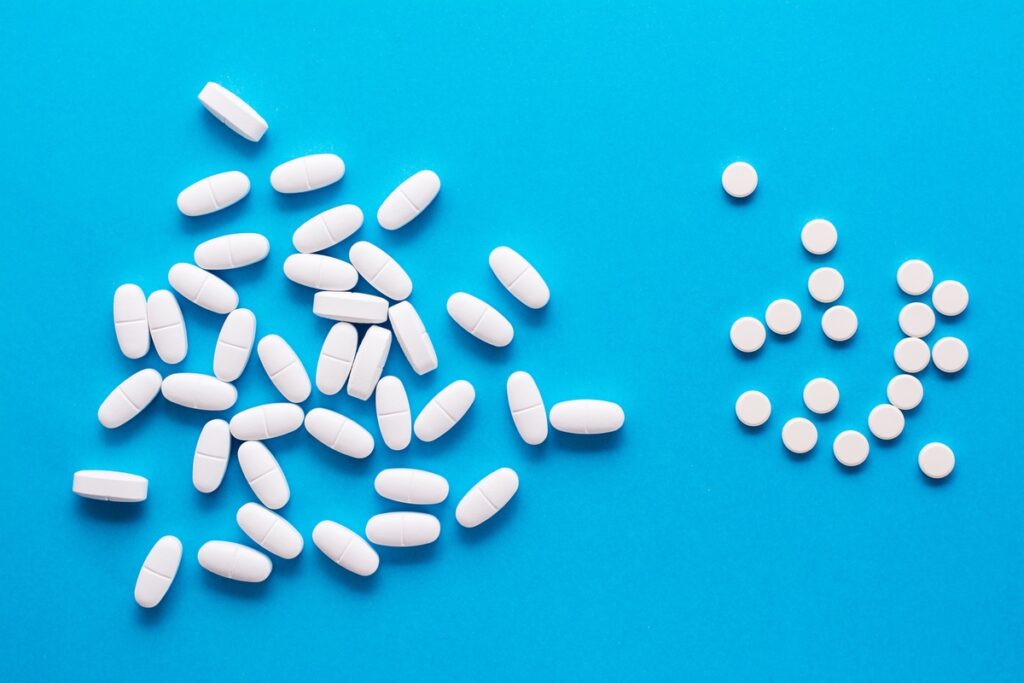
The Risks of Taking Fake Xanax®
Counterfeit Xanax pills are a growing problem—especially when sold in popular colors like white, yellow, or green bars. Fake pills are often pressed to look like the real thing but may contain other drugs—most commonly the thienodiazepine derivative etizolam.
Fake Xanax® containing etizolam can be dangerous because the amount in each pill is completely unregulated. Even though etizolam has similar effects to Xanax®, the risks of overdose are therefore much higher—and these include sedation, unconsciousness, or even death.
Etizolam is not the only drug fake Xanax® bars can contain. They may also contain substances like fentanyl, a powerful synthetic opioid that can be deadly in small amounts.
How to Spot a Fake Xanax® Bar
Remember: the easiest way to ensure that you do not take fake Xanax® is to only take this medication as prescribed to you by a healthcare professional, and to always obtain it from a legal and licensed pharmacy.
Still, it can help to know some of the telltale signs that Xanax® (or another medication) is not what it appears to be. These include:
- The medication comes in an odd package or quantity
- The medication was purchased off the internet (especially if no consultation with a care provider is needed)
- The medication came from anyone other than a medical professional
If you’re ever in doubt about a pill’s authenticity, don’t take it. Even a single fake pill has the potential to be fatal.
The Consequences of Misusing Xanax® Bars
When taken as prescribed, alprazolam can be a helpful short-term treatment. But misusing Xanax® can lead to serious consequences:
- Tolerance and dependence: Your body adapts to the medication, requiring more to get the same effect.
- Addiction: Compulsive use despite negative consequences.
- Withdrawal: Symptoms can include seizures, panic attacks, heart rate issues, and insomnia—especially if stopped suddenly.
- Overdose: Risk increases when combined with alcohol, opioids, or other depressants.
What to Do If You’re Struggling
If you or someone you care about is misusing Xanax®, you’re not alone—and you’re not beyond help. At Northridge Addiction Treatment Center, we offer medically supervised detox and evidence-based therapies to help people recover safely and regain control of their lives.
Our program provides:
- 24/7 clinical supervision
- A peaceful, supportive environment
- Individualized care plans for long-term recovery
- Aftercare support to help you stay on track
Xanax Bar FAQ
Are all Xanax® bars the same strength?
No—Xanax® is available in several different strengths. Always check the imprint to confirm.
Is it safe to take a Xanax® bar?
Only if prescribed to you by a licensed medical provider and taken exactly as directed. Misuse can be dangerous.
Can you overdose on Xanax® bars?
Yes—especially if taken in large amounts or with alcohol, opioids, or other depressants.
What should I do if I think someone is addicted to Xanax®?
Talk to them with compassion and encourage them to seek help. Northridge offers safe, confidential treatment options.

Find Meaningful Treatment for Xanax Addiction at Northridge
Xanax® bars can pose serious risks to your health when misused. Whether you’re worried about your own use or someone else’s, taking the first step toward recovery can make all the difference.
Our team at Northridge is ready to provide a comfortable and peaceful environment that promotes meaningful long-term recovery. Our team understands the challenges of overcoming addiction firsthand. Contact Northridge Addiction Treatment Center to learn how we can support you on your path to a healthier future.



